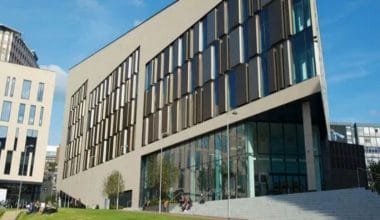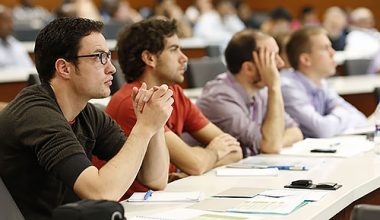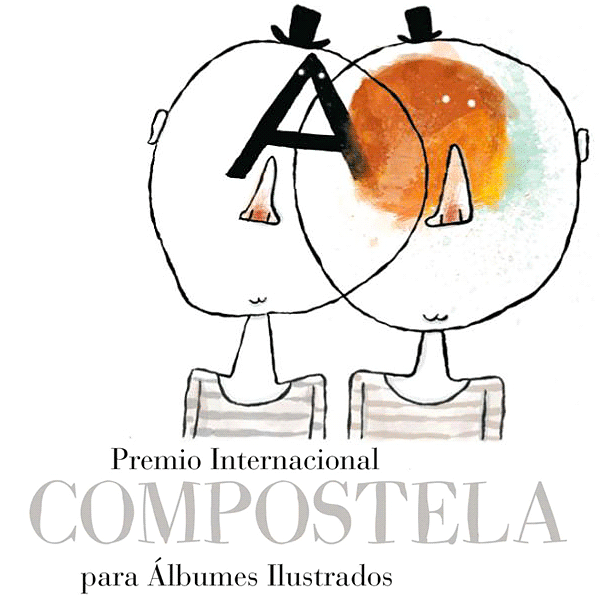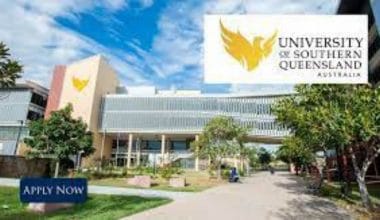If you want to Study in Norway, The Norwegian University of Science and Technology (NTNU) is the high-tech research and education engine that runs the city of Trondheim, Norway. Everything is connected to it, from large independent research organizations like SINTEF to every other facility in the city.
Let us take you on a tour inside the Norweigian Univesity Science and Technology as an intending student.
It has two main campuses, one for technological studies called Gløshaugen and one for arts and social sciences, called Dragvoll. They are both enormous, with many buildings, many floors above and below ground, all thoroughly equipped: special labs and study rooms where you can spend your time after lectures and write for your papers.
Computer rooms, cafeterias, books shops where you can buy textbooks and everything else you need for your courses without having to search in other stores downtown.
Aside from the quality of its education, Norway offers a unique experience for nature lovers. You are never far from the coast with its impressive fjords; never far from awe-inspiring climbing or skiing hot spots; and you get to experience the midnight sun in the summer, and exciting snowy winters.
Ok, those are the reasons to study in the University. Shall we continue?

Table of contents
Study in Norway: The academic year in Norway
The academic year is in two semesters, the autumn one starting in August and the spring one in January. There are Lectures until the beginning of December and exams are in December and January, with vacation before and after Christmas. For the second semester, lectures end in April or May, with exams until mid-June.
Degree structure and course credits
The degree structure of the Norwegian universities is adopted from the Bologna Process, which means that Bachelor’s degrees last for three years, Master’s degrees two years and PhDs last three years.
There are no tuition fees in Scandinavia; however, Norwegian students pay a semester fee which doesn’t apply to exchange students. All courses follow the European Credit Transfer System (ECTS) and each of them ranges from 7.5 credits to 15 credits.
Since the number is so high, students can gain their 30 credits required per semester fairly easily. This is possible if provided, of course, that they pass all exams. NTNU uses the letter grading system for all examinations and most assessments, from A to F. You must pass some assignments during the semester in order to sit for the final exam. These will be notified online with Passed/Failed.
Getting around the campus
You can actually study for a double degree. I did that as well, one in English and the other in French. All my lectures were held at Dragvoll. I signed up for literature and linguistics courses, but also for an academic writing course, which helped me become more familiar with how papers should be written at NTNU.
There is a strong policy against theft and plagiarism and any copyright infringement is severely punished, with suspension or even expulsion. A reading list was also provided at the beginning of the semester and I had to buy a few course books, as well as dictionaries, from the university bookstore.
Some of them can also be bought from older students who longer need them, but if you want pages free of notes, then it is best to have your own brand new copy, especially since working with the text is very demanding in my field.
Before lectures started at the end of August, Dragvoll campus had its own orientation week, when groups of students studying the same subjects were assigned a Fadder or a senior student who would guide the group for that week. This was an excellent opportunity to meet my classmates and to know more about the university and student life.
Dragvoll looks like a greenhouse and despite popular belief, even if there’s so much open space, I actually found it quite welcoming. Once again, there are maps to guide you at every entrance for those hundreds of rooms and offices because unless you’re a local and know your way around the campus, you have to be there early to look for your auditorium.
Course structure and lectures
Studying for a double degree was a bit tricky, as I took both English and French courses. My colleagues were never the same, so my courses were fun and diverse. There were courses where I was only surrounded by Norwegian students and courses where I could meet a lot of fellow exchange students. The weekly workload was lower than what I was used to in my home country, which left me a fair amount of time to explore the city and its surroundings.
The lectures last 1 hour and 45 minutes, with a 15 minutes break in between. A very efficient break I may add since you can relax and stretch your legs a bit before paying attention to the projector for another hour. They have a special teaching tool called ‘It’s learning’ and teachers upload all their lectures online.
You don’t even have to show up to the actual lectures, there are no absences or people giving you the look because you are playing hooky. However, some courses actually require you to participate, especially those that have seminars and I have to attend group discussions once a week.
The truth is, no one is really skipping, they all love coming to the faculty or at least having fun in the cafeteria, studying in the library or coming up with new events in the hallways. I had to read texts for every lecture and it’s was because they make sure we read them, but because it was nice to know what the lecture was actually about, to have that taste of a bit of knowledge beforehand. Every student has their own ID card that they can use to get inside labs.
A linguistic experience
They are very polite when they talk to foreigners and always make sure you won’t feel out of place. English is a compulsory part of the Norwegian curriculum, which means that practically every Norwegian has a reasonable knowledge of English, with a beautiful accent. As for other foreign languages, German and French are the most common.
If you find yourself surrounded by Norwegians, they will make sure to switch to English and the conversation will go on with incredible ease.
Everything is so well-structured, with outstanding organizational skills. There’s great emphasis on reading and research, spending the entire day in the library, writing references and completing assignments. The lecturers are wonderful, with a great sense of humor, always friendly and supportive.
All my English courses were taught by native speakers, most of them coming from England or Ireland. The same goes for French teachers, however, some of them are Norwegian-born with impeccable French language skills.
The auditoriums areso full of high-tech sound systems and lecturers wear wireless microphones, which makes the teaching experience one of a kind. Smaller classrooms are also very welcoming and they usually host group sessions, seminars, or courses with a small number of registered students.
References
- ntnu.edu– Study in Norway
- en.wikipedia.org- Norwegian University of Science and Technology
- mastersportal.com– Norwegian University of Science and Technology
Editor’s Recommendations
- Norwegian Quota Scholarship Scheme for Developing Countries
- Aker Graduate Scholarships For Norwegian Students
- Fully Funded Ph.D. Fellowship in Norway,
- NMBU Ph.D. Fellowship in Environment and Development Studies, Norway,
- Fully-funded International Scholarships At University of Oslo
- P & G CEO Challenge Program
- Top Scholarships for Ethiopia Students in Norway.
- How to Study Free at Norwegian University of Science and Technology
- Norwegian University Postdoctoral Fellowship in Life Sciences in Norway,
DISCLOSURE: This post may contain affiliate links, meaning when you click the links and make a purchase, we receive a commission.






Comments are closed.